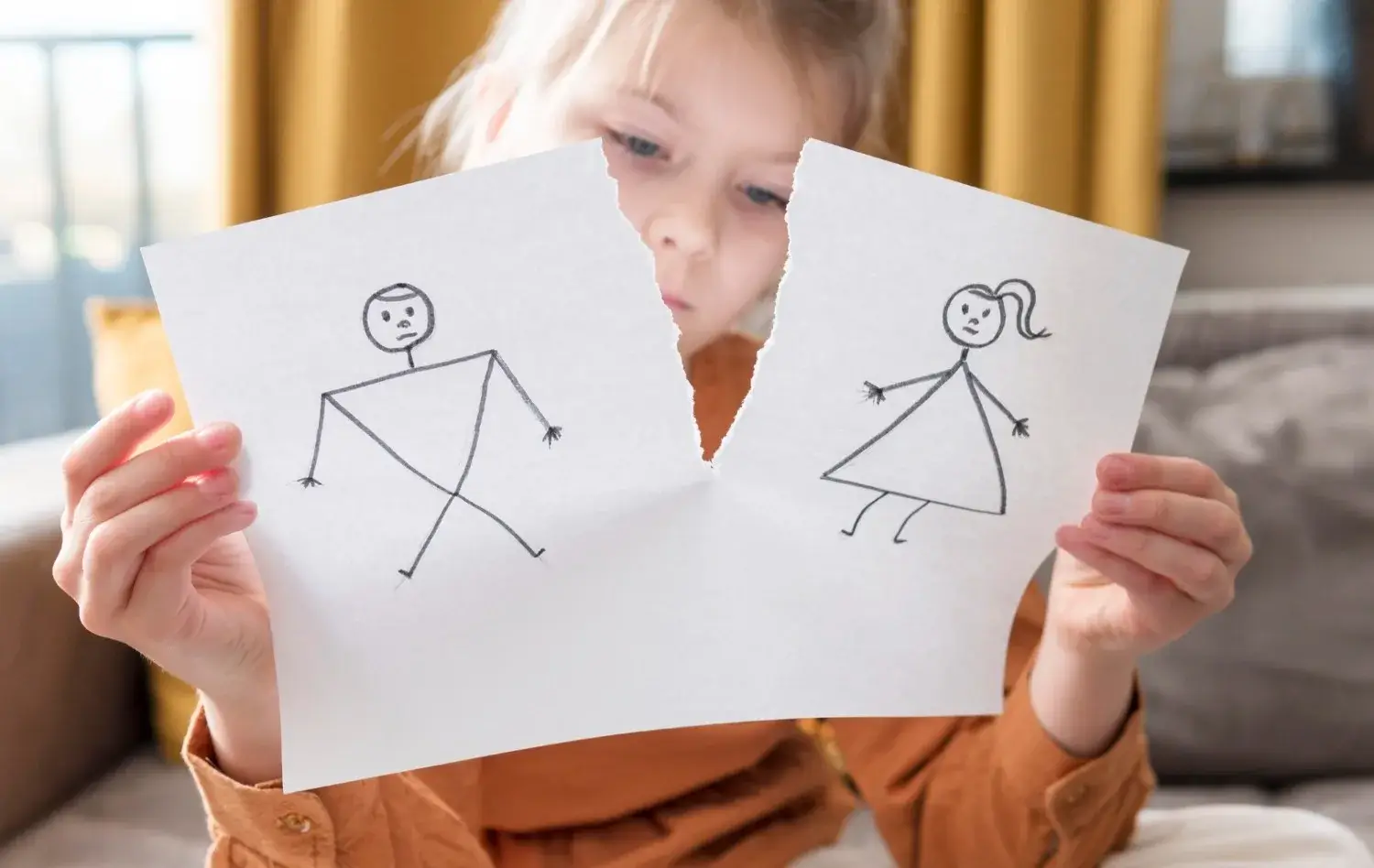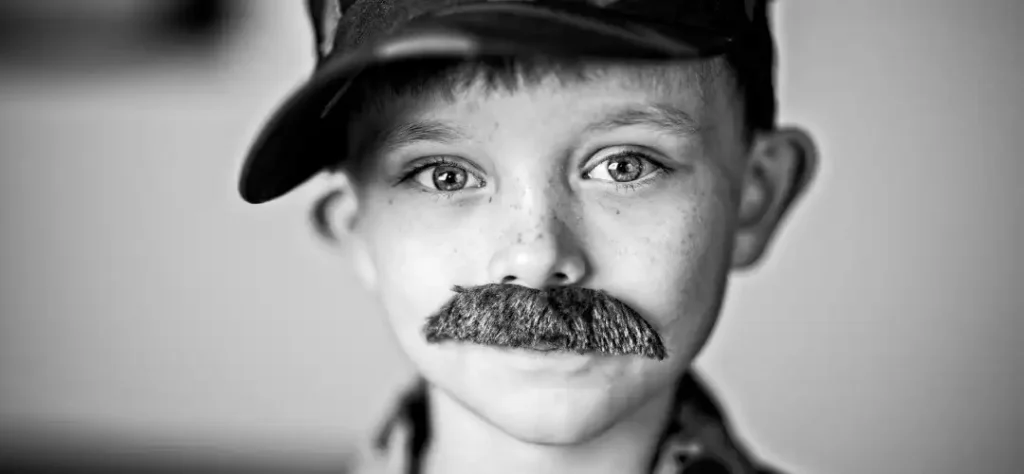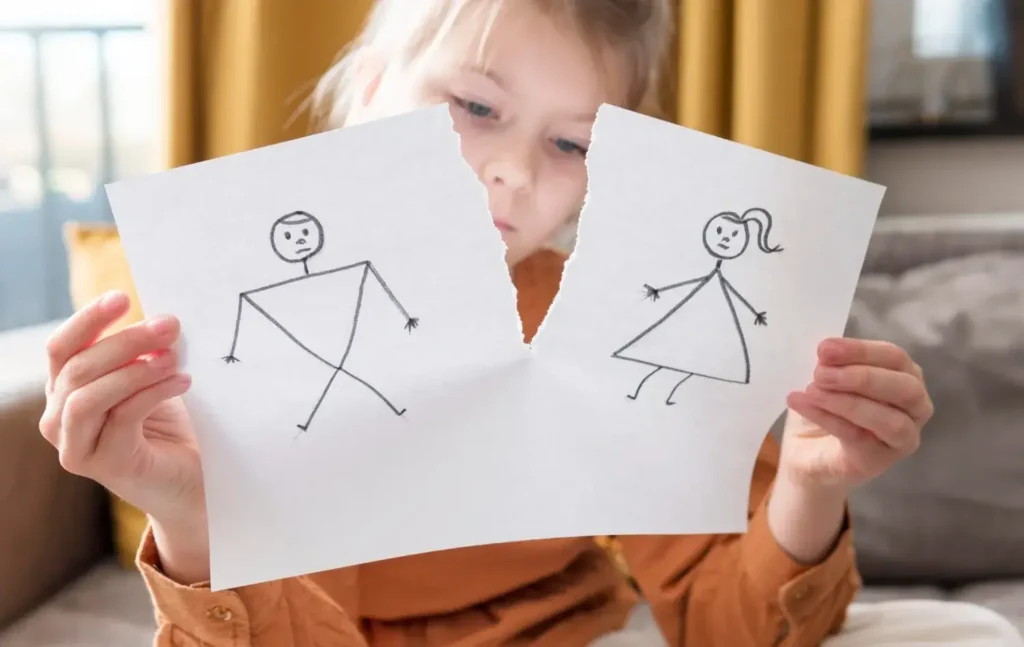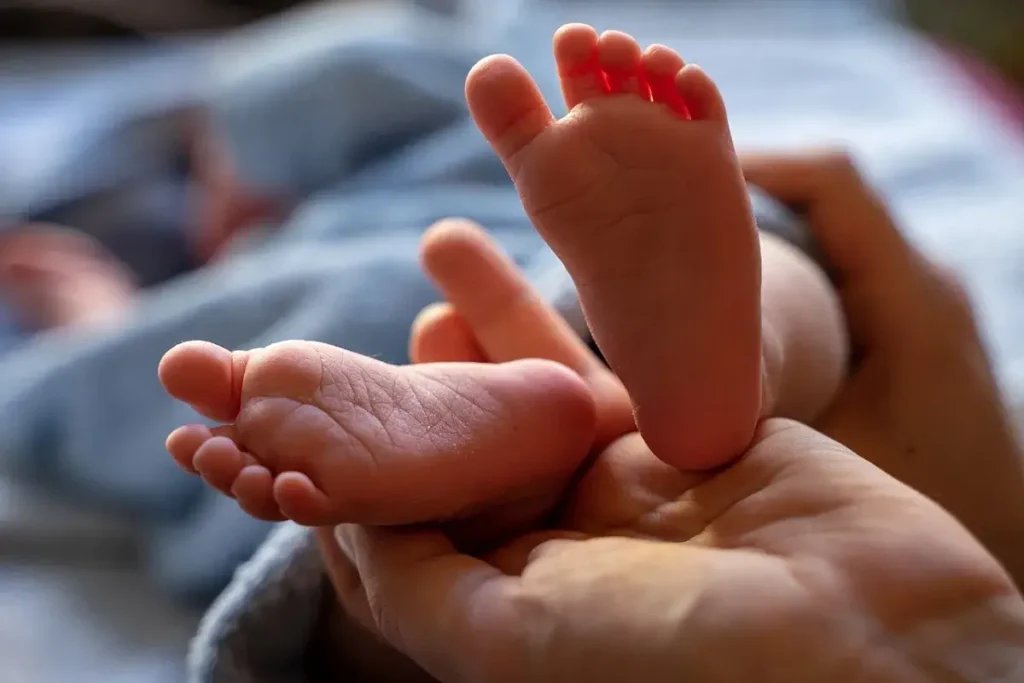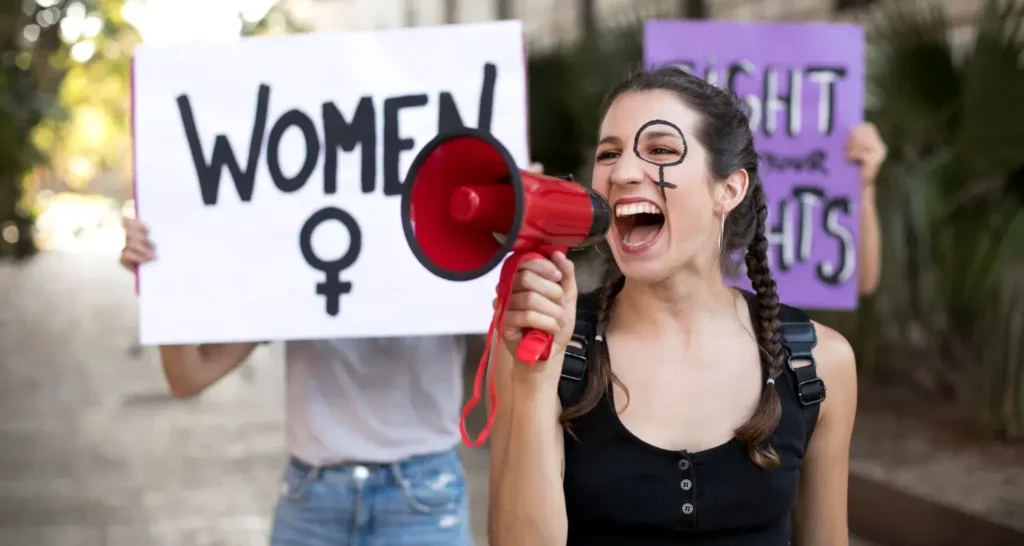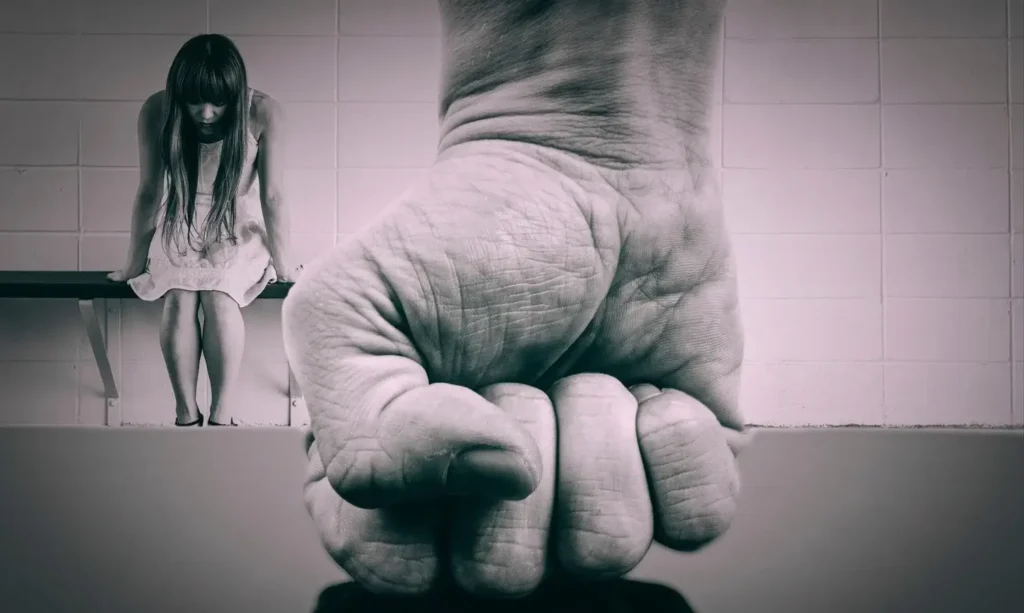Every child needs safety, love, and protection. Child abuse is a huge violation of their rights, causing deep emotional scars. It’s important to know the laws that protect children to make sure they are safe.
Child abuse can be physical or emotional, affecting thousands of kids in the U.S. every year. The law has rules to keep children safe and punish those who harm them.
You can help stop child abuse by being aware and taking action. Knowing the signs and the laws can make you a strong voice for children’s safety.
Key Takeaways
- Child abuse is a serious violation of fundamental human rights
- Legal protections exist to safeguard children from various forms of abuse
- Recognizing abuse signs is critical for prevention
- Multiple legal mechanisms support child protection
- Community involvement is essential in protecting children
Understanding Child Abuse: Forms and Recognition
Child abuse is a big problem that affects many kids in the U.S. It’s important to know the different types of child maltreatment. This helps us protect young kids from harm early on.
Child abuse can take many forms, each with its own challenges. Knowing about these types helps us keep kids safe from danger.
Identifying Physical Abuse Indicators
Physical child abuse often shows signs that we can spot. These signs include:
- Unexplained bruises or injuries
- Frequent injuries with no clear reason
- Burn marks in strange patterns
- Injuries that don’t match the story
Emotional and Psychological Warning Signs
Child neglect can really hurt a kid’s mind. Signs of emotional abuse might be:
- Sudden changes in behavior
- Being very shy or withdrawn
- Feeling too scared or sad
- Feeling very bad about themselves
Sexual Abuse Warning Signs
Sexual abuse is very serious and needs careful attention. Warning signs might be:
- Knowing too much about sex for their age
- Being very scared of certain people
- Changes in how they take care of themselves
- Feeling uncomfortable or hurt in their body
Spotting these signs helps us keep kids safe. We can stop more child abuse by acting fast and getting help.
Federal Laws Protecting Children from Abuse
The United States has strong federal laws to protect children. These laws help prevent child abuse and neglect. They work together to keep kids safe.
The Child Abuse Prevention and Treatment Act (CAPTA) is a key law. It was passed in 1974. It gives money and sets rules for stopping child abuse across the country.
- Provides financial support for prevention programs
- Establishes minimum standards for child protection
- Supports research and intervention strategies
The Adoption and Safe Families Act (ASFA) helps kids in foster care. It aims to make sure kids find a permanent home quickly. This law makes sure kids are safe by:
- Reducing time children spend in temporary care
- Encouraging permanent adoption
- Protecting children from prolonged unstable environments
“Every child deserves a safe and nurturing environment” – Child Welfare League of America
Agencies like the Department of Health and Human Services enforce these laws. They work with states to help vulnerable kids. This ensures kids get the support they need.
Knowing about these laws helps communities fight child abuse. It makes our society safer for all, but most importantly, for our children.
State-Level Child Protection Legislation
Child protective services are key in keeping kids safe across the U.S. Each state has its own laws to protect young people and make sure they are well cared for.
It’s important to know about child protection laws at the state level. These laws help prevent and deal with child abuse. The rules vary a lot from one place to another, making a complex system to protect kids.
Mandatory Reporting Requirements
Mandatory reporting laws are a big part of child protective services. These laws make sure certain people report if they think a child is being abused or neglected. These people include:
- Healthcare workers
- Teachers
- Counselors
- Law enforcement personnel
- Social workers
State-Specific Penalties
Penalties for child abuse vary by state. These penalties are meant to be serious to stop abuse and keep kids safe.
| State | Misdemeanor Penalty | Felony Penalty |
|---|---|---|
| California | Up to 1 year in jail | Up to 6 years in prison |
| Texas | Up to 1 year in county jail | 2-10 years in state prison |
| New York | Up to 1 year in jail | Up to 7 years in prison |
Statute of Limitations
The time limit to report child abuse varies a lot. Some states have extended or eliminated these time limits. This is because many survivors may not report right away.
Knowing about these laws helps communities support child welfare better. It makes places safer for young people.
Role of Child Protective Services (CPS)
Child protective services are key in keeping kids safe in the U.S. These experts work hard to check on child abuse and neglect. They make sure kids are safe, even when things get tough at home.
Here’s what they do:
- They look into reports of child abuse
- They do deep investigations
- They check if kids are in danger right away
- They come up with plans to help
- They give families the support they need
When they get a report of child abuse, they act fast. They use a special method to figure out what’s going on. This includes:
- Talking to the child and family
- Working with schools and doctors
- Writing down what they find
- Deciding what to do next
Child protective services try to keep kids safe while also helping families. They want to make sure kids have a good place to grow up. They try to keep families together when it’s safe to do so.
| CPS Action | Primary Purpose |
|---|---|
| Initial Investigation | Check if abuse is true and if kids are safe |
| Risk Assessment | See how big the risk is and plan how to help |
| Family Support | Give families help and counseling to avoid problems in the future |
By finding a balance, child protective services aim to make communities safer. They also work to improve family relationships.
Legal Rights of Abuse Survivors
Child abuse survivors have strong legal options to find justice and support. Knowing your rights is key to understanding the complex legal world of child advocacy and protection.
Survivors can take many legal steps to deal with their trauma. These actions help hold people accountable and support healing and recovery.
Civil Legal Actions
Civil lawsuits give survivors a chance to seek justice outside of criminal courts. You can file claims against:
- Individual perpetrators
- Institutions that failed to protect children
- Organizations with negligent policies
Criminal Prosecution Options
Criminal prosecution is another important way to protect child rights. Survivors can help by:
- Gathering evidence
- Providing victim statements
- Supporting criminal investigations
Victim Compensation Programs
Many states have programs to help abuse survivors. These programs can cover important costs like:
- Medical treatment
- Psychological counseling
- Lost wages
- Rehabilitation services
“Every survivor deserves support, healing, and justice.” – Child Advocacy Center
Remember, asking for help is a sign of strength. There are many resources available to support you on your legal journey.
Prevention and Intervention Strategies
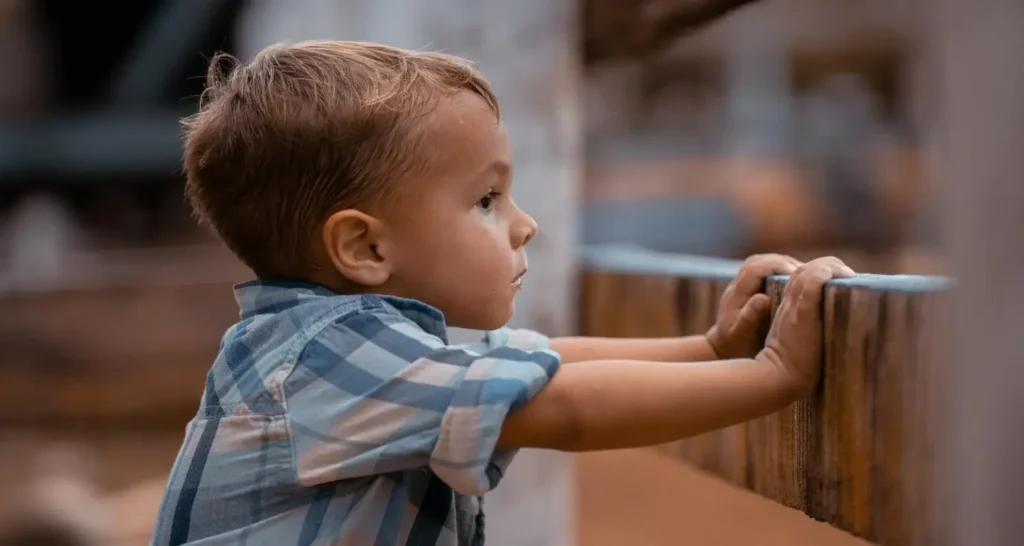
Keeping children safe from abuse needs a big plan. This plan includes teaching, spreading the word, and acting early. It’s about making sure families, communities, and experts can spot and stop dangers.
Important steps to prevent abuse include:
- Teaching kids about staying safe
- Helping parents and caregivers learn about raising healthy kids
- Hosting community events to talk about signs of abuse
- Training teachers and healthcare workers to spot abuse
Acting fast is key to keeping kids safe. By finding families at risk and helping them, we can stop abuse before it starts.
| Prevention Strategy | Target Group | Key Focus |
|---|---|---|
| School-based Programs | Children aged 5-16 | Personal safety education |
| Parent Support Groups | Families with young children | Stress management and parenting skills |
| Professional Training | Teachers, counselors, medical staff | Abuse recognition and reporting |
Your help is vital in making safer places for kids. By staying up-to-date and watching out, you can help stop child abuse. This helps protect young people in your area.
Support Systems for Abuse Victims
Child trauma can feel overwhelming, making victims feel alone and scared. It’s important to know about the support systems available. These resources are designed to help survivors heal and rebuild their lives.
Child advocacy groups are key in supporting victims. They offer various support systems to meet survivors’ needs at every stage of healing.
Crisis Hotlines and Resources
Crisis hotlines are a vital lifeline for child abuse survivors. They provide:
- 24/7 emergency counseling
- Immediate safety planning
- Referral to local support services
- Emotional support and validation
Counseling Services
Professional counseling helps survivors deal with child trauma. It uses specific therapies like:
- Trauma-focused cognitive behavioral therapy
- Eye movement desensitization and reprocessing
- Individual and group counseling programs
- Family therapy interventions
Advocacy Groups
Advocacy groups offer more than just immediate help. They provide:
- Legal guidance and support
- Community education programs
- Peer support networks
- Long-term recovery resources
Healing is possible. Asking for help is the first step towards regaining strength and a hopeful future.
Child Advocacy Centers and Their Function
Child advocacy centers are key in protecting kids from abuse and helping them heal. They offer a safe space for interviews, medical checks, and therapy. This approach helps kids feel safe and supported.
At the heart of these centers, a team works together to help kids. This team includes:
- Law enforcement professionals
- Child protective services representatives
- Medical experts
- Mental health counselors
- Forensic interviewers
The main aim is to reduce trauma for kids during investigations and healing. By combining experts, these centers offer a complete support system for kids.
| Service | Purpose |
|---|---|
| Forensic Interviews | Gather evidence compassionately |
| Medical Examinations | Document physical evidence and provide care |
| Therapeutic Counseling | Support emotional healing and recovery |
| Family Support | Provide resources and guidance |
Child advocacy centers are vital in child welfare. They help reduce trauma and support kids on their healing journey.
Documentation and Evidence Collection
When dealing with child abuse, having solid documentation is key. It helps protect kids and ensures justice is served. Knowing what to document is vital for building strong cases against child abuse.
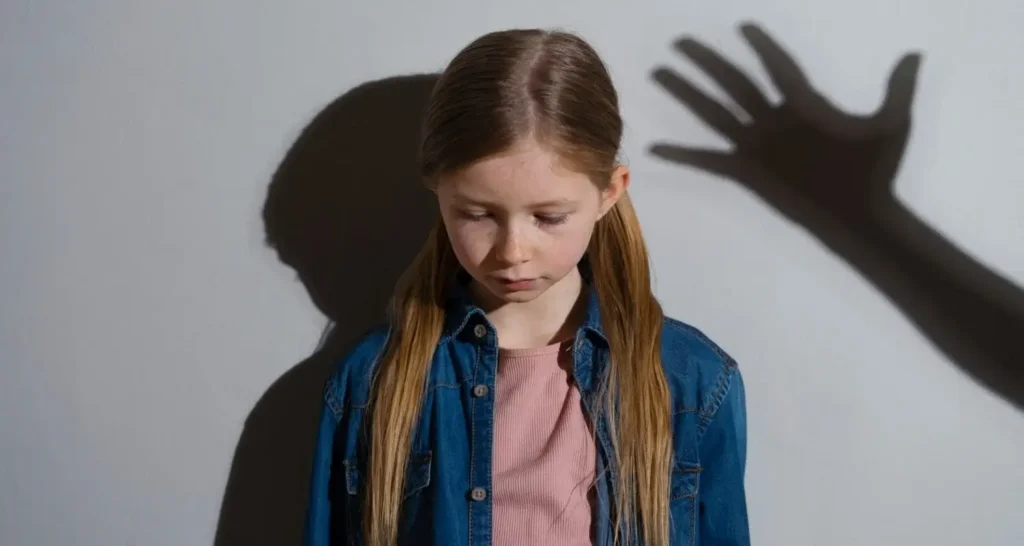
Creating a strong case involves many types of evidence. Each piece is important for proving child abuse and supporting legal actions.
Medical Records: The Foundation of Evidence
Medical records are essential for child abuse cases. They offer insights into injuries and health history.
- Physical injury patterns
- Documented medical examinations
- Professional healthcare observations
- Chronological health history
Photographic Evidence: Visual Documentation
Photos are a clear proof of child abuse. It’s important to:
- Take high-quality, clear photos
- Capture injuries from different angles
- Include date and time stamps
- Use professional medical photography when possible
Witness Statements: Narrative Context
Witness statements add context to child abuse cases. It’s important to interview witnesses carefully and sensitively.
“Protecting children requires compassionate, thorough documentation” – Child Protection Experts
| Evidence Type | Key Characteristics | Legal Importance |
|---|---|---|
| Medical Records | Professional medical observations | High credibility in court |
| Photographic Evidence | Visual proof of injuries | Objective documentation |
| Witness Statements | Personal accounts and observations | Contextual understanding |
Documenting child abuse well needs a careful plan. Each piece of evidence helps us understand and fight child maltreatment.
Professional Responsibilities in Reporting
As a professional working with children, you have a big role in keeping them safe. Child protective services count on people like you to spot and report abuse. It’s important to know your legal and ethical duties to protect kids.
Mandatory reporting laws give clear rules for professionals in different fields. These laws make it a must for certain people to report suspected child abuse right away. Your job is not just to watch; it’s to take action.
- Teachers must report signs of physical or emotional abuse
- Healthcare workers are required to document and notify authorities of possible abuse
- Social service providers have a legal duty to act when a child’s welfare is at risk
When you report suspected abuse to child protective services, give:
- Specific details of what you saw
- The child’s name and how to reach them
- Your professional thoughts on the situation
- Any evidence you have
Keeping things confidential is key in child welfare reporting. You’re protected by law when you report in good faith. Your identity can stay secret. Not reporting abuse can lead to legal trouble and could harm your career.
Remember, your action could save a child from harm and help them find safety and healing.
Impact of Technology on Child Protection
Technology has become a key player in protecting children. It changes how we keep kids safe in the digital world. Now, we have tools that help us watch, report, and stop dangers online.
Digital platforms have changed how we protect kids. They bring new ways to help:
- Advanced tracking systems for finding online predators
- Real-time monitoring of suspicious digital activities
- Cross-agency information sharing databases
- Machine learning algorithms detecting cyberbullying
Law enforcement uses smart software to:
- Analyze digital communication patterns
- Create detailed risk assessment profiles
- Quickly respond to child safety threats
Experts see both good and bad in new tech. While tech helps protect, it also brings new dangers. We must keep improving our online safety to protect kids.
By staying informed and using these tools, we can help make the internet safer for kids.
Conclusion
Child advocacy needs everyone’s help. We must learn about child rights and stay alert. It’s a duty to protect kids from harm, affecting every community in the U.S.
Start by knowing the signs of abuse and reporting it. Support programs that help prevent abuse. Every action helps keep kids safe.
Protecting kids involves laws, professionals, and community help. Learn about laws, know how to report abuse, and help survivors. Your efforts are vital in keeping kids safe.
We must keep working to protect children. Learn, join local groups, and watch out for dangers. Your actions can make a big difference in a child’s life, helping them grow up safe and happy.
FAQ
What is considered child abuse?
Child abuse is when someone harms a child in many ways. This includes physical, sexual, emotional abuse, and neglect. It’s any act or lack of action that harms a child’s health or development.
Examples include physical violence, sexual exploitation, and verbal abuse. It also includes neglect, like not providing enough care or causing emotional harm.
How can I recognize signs of child abuse?
Look for signs like physical injuries, sudden changes in behavior, and emotional signs. Physical signs include bruises, burns, and injuries without explanation.
Behavioral changes include sudden withdrawal, fear of certain people, and knowing too much about sex. Emotional signs are extreme anxiety, depression, and low self-esteem.
Physical neglect shows as poor hygiene, constant hunger, and wearing clothes that are not right. Also, look for unexpected changes in school or social interactions.
What should I do if I suspect child abuse?
If you think a child is being abused, act fast. First, report it to local authorities like Child Protective Services (CPS) or the police.
Call the National Child Abuse Hotline at 1-800-422-4453. Document any evidence you see, but don’t investigate yourself. Always put the child’s safety first.
Who is a mandatory reporter?
Mandatory reporters are people who work with kids a lot. This includes teachers, healthcare workers, counselors, social workers, and police officers. They must report suspected abuse to the right people.
What legal protections exist for child abuse victims?
Victims have many legal protections. Federal laws like the Child Abuse Prevention and Treatment Act (CAPTA) help. They can also get criminal charges against their abusers.
They can also sue for compensation and get support services. Laws protect their privacy and extend the time to report abuse.
How can I help prevent child abuse?
You can help by learning about abuse signs and supporting prevention programs. Teach kids about personal boundaries and report any suspicious behavior.
Support organizations that protect kids and promote healthy parenting. Be aware of risk factors and educate yourself.
What resources are available for child abuse survivors?
Survivors can find many resources. The National Child Abuse Hotline is at 1-800-422-4453. They can get counseling, compensation, and join support groups.
There are legal advocacy groups, mental health services, and Child Advocacy Centers. These help survivors heal and get justice.
How do technology and online platforms impact child protection?
Technology helps protect kids by providing new ways to report abuse. It offers online safety tools and shares information quickly.
It tracks threats and helps create awareness. But, it also brings new challenges like cyberbullying. It’s important to use technology wisely to keep kids safe.

